IoT Charging Station
Computer Network Information Center Chinese Academy of Sciences, Guangzhou (CNICG)
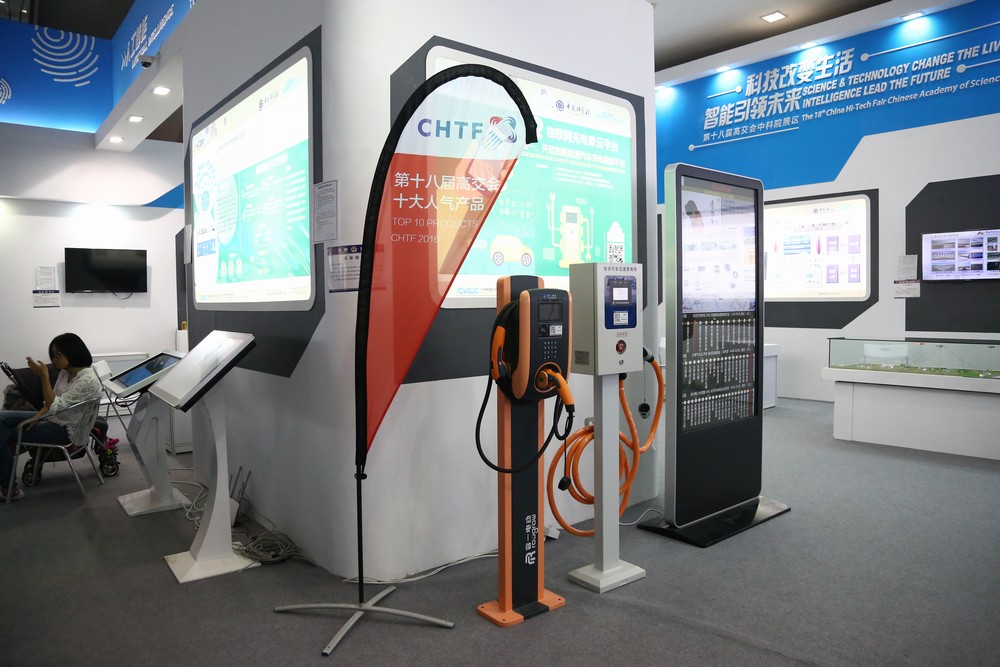
Booth: 5A05-1
Computer Network Information Center Chinese Academy of Sciences, Guangzhou (CNICG) is an R&D institution jointly invested by Computer Network Information Center of Chinese Academy of Sciences, Guangzhou Municipal Government and Nansha District Government. It undertakes national programs to develop, operate, manage and serve the IoT Identity Management System, and is also dedicated to demonstrating IoT applications and building IoT incubation centers for IoT information services, technological development and talent training.
Harwar Mega Drone
Harwar International Aviation Technology (Shenzhen) Co.,Ltd.,
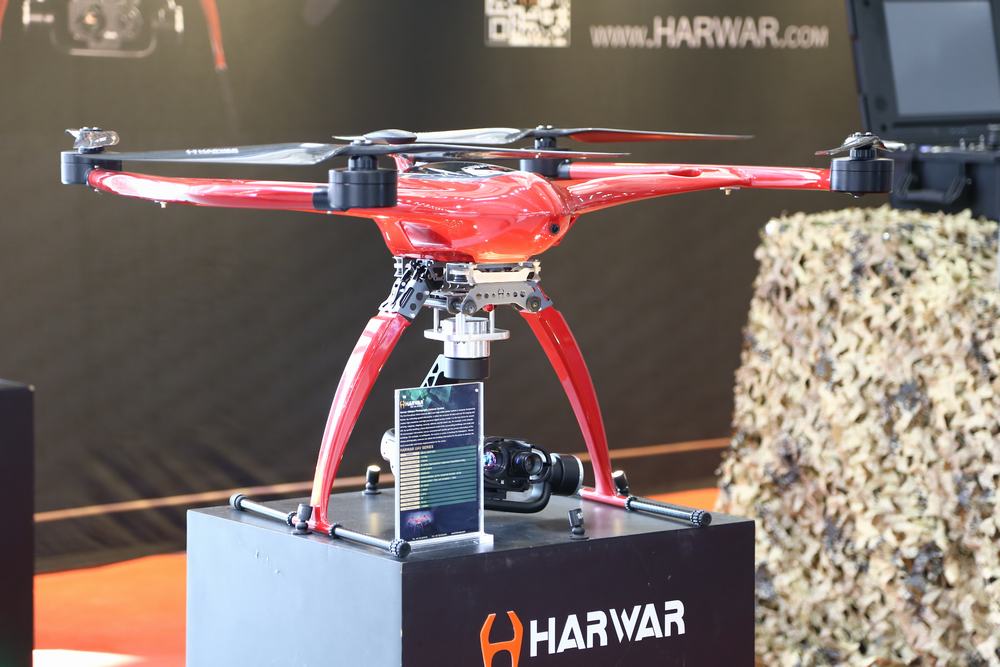
Booth:2A02 2A04 2A06 2A08
Harwar International Aviation Technology (Shenzhen) Co.,Ltd., founded in 2014 and headquartered in Shenzhen’s Longhua New District, is a startup specializing in the development and manufacture of UAVs. For the Mega series drones, Harwar has obtained 89 patents and has made significant breakthroughs in multi-rotor and the industrial application. Harwar is committed to providing customers with value beyond imagination by positioning itself at the forefront of innovation and premium quality.
HiAR Glasses V2
HiScene (Shanghai) Information and Technologies Co., Ltd.
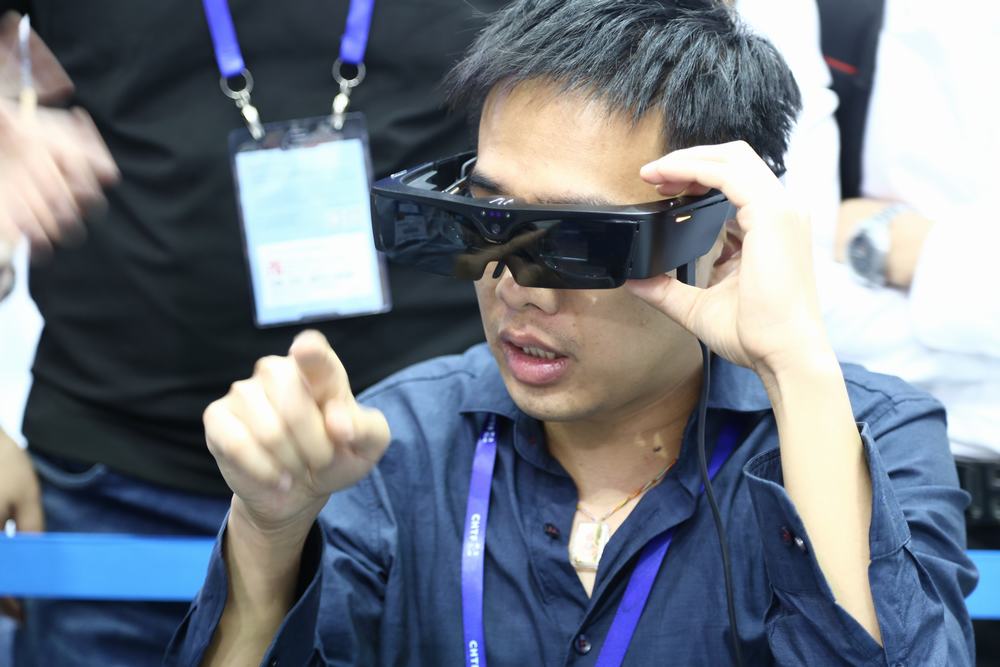
Booth: 1C27
Founded in 2012, HiScene is a technology company focusing on the R&D of AR technology. It has made significant breakthroughs in computer vision, HMI and AI, and has set multiple world records in many technological evaluation events. Relying on its own AR core technology, HiScene launched China’s first HiAR SDK and the first HiAR Glasses based on the vision interactive AR technology in 2015. In 2016, HiScene rolled out its integrated AR products and services combining HiAR infrastructure platform, AR Cloud, Content platform and smart terminal devices.
CooCaa All-in-One VR Machine: G1/G1s
Qualcomm Inc., Shenzhen CooCaa Internet Technologies Co., Ltd.

Booth: 1A52
CooCaa, a subsidiary of Skyworth Group, aims to be China’s leading provider of VR&AR hardware and integrated solutions. Its G1/G1s is the world’s first all-in-one VR device. Equipped with Qualcomm Snapdragon 820/821, it also boasts many other innovative features including the 6DOF space orientation technology based on inside-out tracking, panoramic sound system and synchronized dual independent optical system. CooCaa also provides customized solutions to meet different demands of different enterprises, and its products can be applied to many areas such as education, real estate, healthcare, travel and advertisement.
PMS168 Motor
Shenzhen Dongming Motor Electric Co., Ltd.

Booth: 2A38
Founded in 1997, Shenzhen Dongming Motor Electric is wholly invested by Hong Kong Weiming (Asia) Ltd. With a history of 15 years, it has become a group company engaged in R&D, manufacture, sales and after-sale services. It is reputed as the “manufacturer of the world’s core electromechanical products”. Dongming is highly competitive in the market as it holds more than 260 patents and has sold 500 million units around the globe. It focuses on technological breakthroughs and innovation and always runs ahead with its cutting-edge technologies.
Smart Lunch Box
Shenzhen Nami Health Science and Technology Co., Ltd.
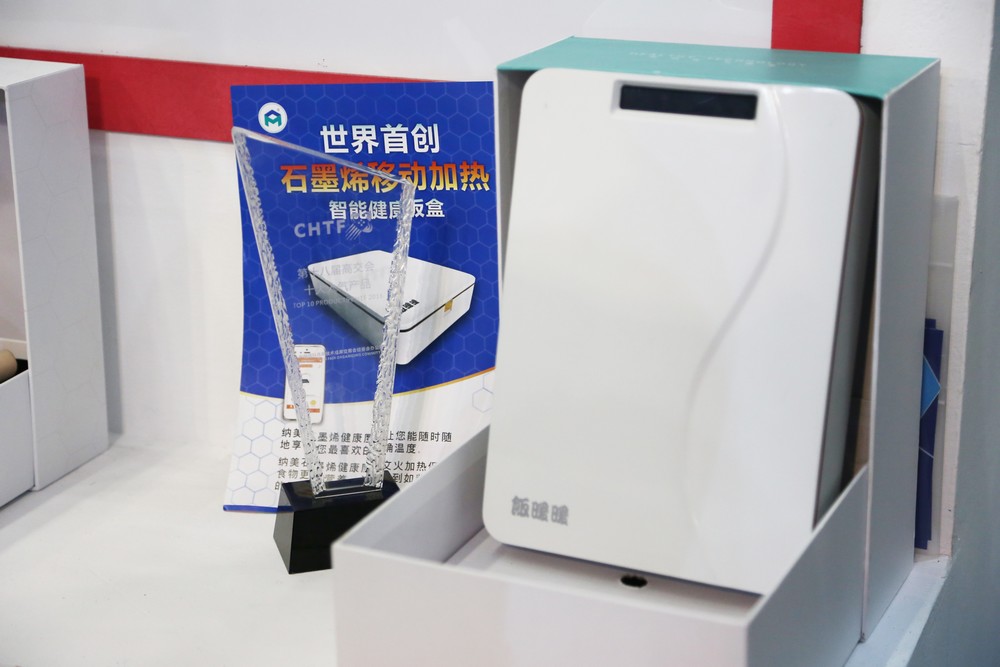
Booth: 2G52
The smart lunch box produced by Shenzhen Nami Health Science and Technology Co., Ltd. can not only achieve precise temperature control through multiple sensors, but also predict the internal temperature based on the thickness of the food in the box and tell when is the best time to eat. Besides, it can heat the food anytime, anywhere. With low voltage, high safety, low power consumption, unique far-infrared heat transfer mode, it will not destroy the molecular structure of the food and thus keep flavor and freshness to the largest extent. At the same time, with a personal health management APP terminal, it also provides nutrition, calorie and fat measurement functions. Making graphene as its core concept of healthy lifestyle, the company has achieved great breakthroughs by integrating resources, technologies, talents and exploring relevant IoT and new material industries. It has successfully transformed itself from the traditional industry to prevail in the new era.
Panox One Sports DV
Shenzhen D-Light Technology. Co., Ltd.

Booth: 1A72
Shenzhen D-Light Technology. Co., Ltd. is a vertically integrated high-tech enterprise with R&D, Production, Sales and services, with a focus on projection and optical technologies. The company has an R&D team comprised of more than 100 people and has obtained more than 100 patents. With more than 10 years’ research and exploration experience in areas such as optics, communication, automation and the Internet, the core R&D personnel has gained unique technical advantages.
am: 10 Ecological purifier
Shenzhen Techand Residential Environment Technology Co., Ltd.

Booth: 2D65
As a subsidiary of the listed parent company Techand Ecosystem Co., Ltd., Shenzhen Techand Residential Environment Technology Co., Ltd. focuses on the enhancement and management of residential micro-environment by integrating its purification technology with the interior mini-ecosystem solutions. With its core brand am: 10, the company has developed a range of products including 8800, 8700 and 8600. In 2016, it is list among the “first batch of purifier brands that meet the new national standard”.
Smart Charging Pile
Wuhan University
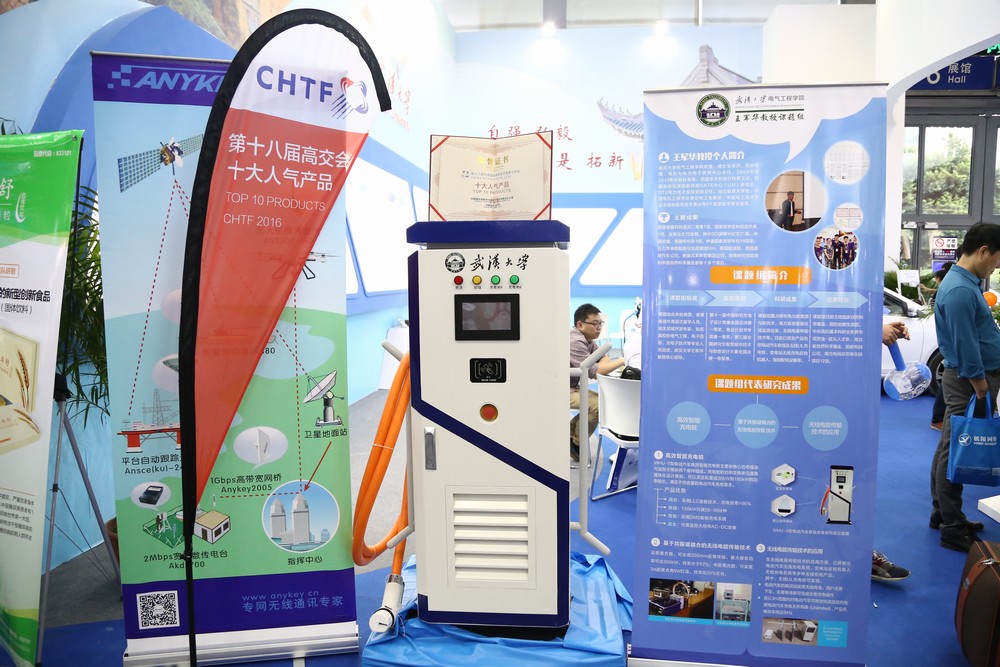
Booth: 8A06
The Multi-functional intelligent charging pile has integrated the DMS active protective multi-information fusion flexible smart charging system and LLC ripple control technology developed by Wuhan University, with communications protocols and charging interfaces that are up to the latest national standards and grid standards. Leveraging the electric vehicle charging big data, it can realize customization, data back-end R&D and multi-platform applications of the charging piles and charging stations. The product is a solution to problems of DC charging piles like the sole charging circuit mode, large charging ripples, outdated software strategy, poor user experience, non-unified interface standards, and lack of smart data elements.
SINGULATO
ZHICHEAUTO Technology (Beijing) Co., Ltd.

Booth: 6B17
ZHICHEAUTO Technology (Beijing) Co., Ltd. is an Internet-based innovative startup founded in December 2014. The company’s business involves new energy vehicles and smart vehicle systems, and the company is also engaged in developing cloud-based IoV services & solutions and investing in innovative technology products. The SINGULATO is a joint product by cross-industry innovation that can realize upgrade and customized extension of automobiles through software upgrade. Unlike traditional automobiles that only focus on passive safety, it pays more attention to active safety, minimizing accidents through the smart driving system.


























